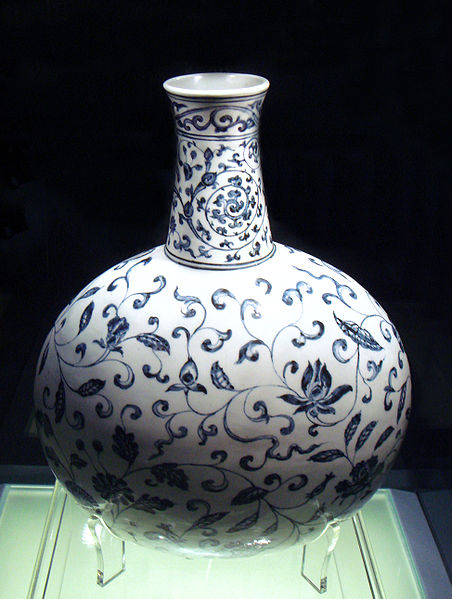In researching glass myths I found that corning has posted a fact sheet with several myths about glass. These myths are listed below. Corning goes on to disprove each of them using technology that they have innovated.
Myth 1 – Glass is for windows
When people think of glass, they tend to think of simple applications, like windows and cookware; but Corning scientists have manipulated glass at the molecular level to take on countless capabilities.
Corning glass makes high speed communication possible through optical fiber, can help turn solar energy into electricity, and enables thinner, lighter, and more durable display devices. Corning scientists continue to expand the capabilities of glass to solve some of the world’s toughest problems.
Myth 2 – Glass smudges
Nobody wants a hand-held device covered in fingerprints. That’s why Corning is developing glass coatings that reduce the appearance of fingerprints and other smudges.
Myth 3 – All glass is the same
After more than 160 years of glass research, Corning holds hundreds of different patents for glass technology. A single element added to glass can significantly change its properties. By manipulating glass compositions, Corning scientists have developed glass that is light, flexible, durable, and even scratch-resistant.
Myth 4 – Glass is heavy
Corning’s photovoltaic glass, about the thickness of a dime, can provide a very light weight solar energy solution while supporting the extra load of a heavy snowfall.
The lightness and durability of Corning® Gorilla® Glass has led to its use as not only a cover
glass, but as an added design element, in products noted for their light weight.
Myth 5 – Glass is fragile
Solar panels have to endure more than just
sunny weather. Corning’s photovoltaic glass, for use in solar panels that convert sunlight into electricity, is designed to last for 25-30 years while enduring severe weather conditions. It can withstand hurricane-force winds and severe hail storms.
Myth 6 – Glass doesn’t bend
While most glass doesn’t bend, Corning has several glass products that
do. Corning® ClearCurve® optical fiber cable is flexible enough to be stapled and bent around corners, without sacrificing performance.
Corning® Gorilla® Glass, which provides a protective cover for display devices, can be contoured and shaped without sacrificing strength. And Corning’s ultrathin glass can be rolled like sheets of paper and flexed like wire.
Myth 7 – Glass must be thick to be durable
Corning scientists have proven that materials don’t have to be bulky to be durable. Corning has developed cover glass in large sheets measuring less than 1mm thick that can withstand the force of a remote control thrown at 65 mph.
Myth 8 – Glass doesn’t last
Some of the oldest objects in the universe are particles of glass. Astronauts found glass billions of years old in lunar soil. As Corning scientist Dr. Pete Bocko put it, “A glass object will last until the sun blows up.”
Myth 9 – Glass shows every scratch
In a mobile-device market full of plastic and ordinary glass, it is hard to imagine a product resistant to wear. Corning® Gorilla® Glass is chemically strengthened to serve as protection against flaws and scratches. Products designed with Gorilla Glass resist and withstand damage caused by everyday use. Carrying a cell phone in your pocket with keys is no longer a problem.
Myth 10 – Glass is low tech
Corning makes glass tough enough for windows on the space shuttle entering the atmosphere at 25,000 km per hour, clear enough to carry a pulse of light 1000 km, and pristine enough to make an LCD TV with 3 million pixels. Corning glass is anything
but simple.
Task:
1.You are to go on an Internet scavenger hunt and find a visual example for at least five of the ten myths that Corning disproves above.
2. Of the ten disproved myths above, which do you believe has the greatest use today? In the future?
Explain.


